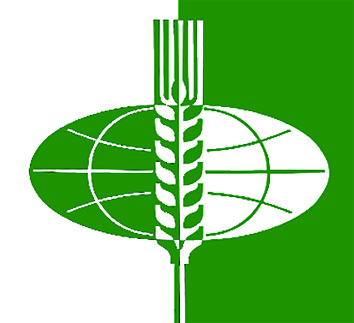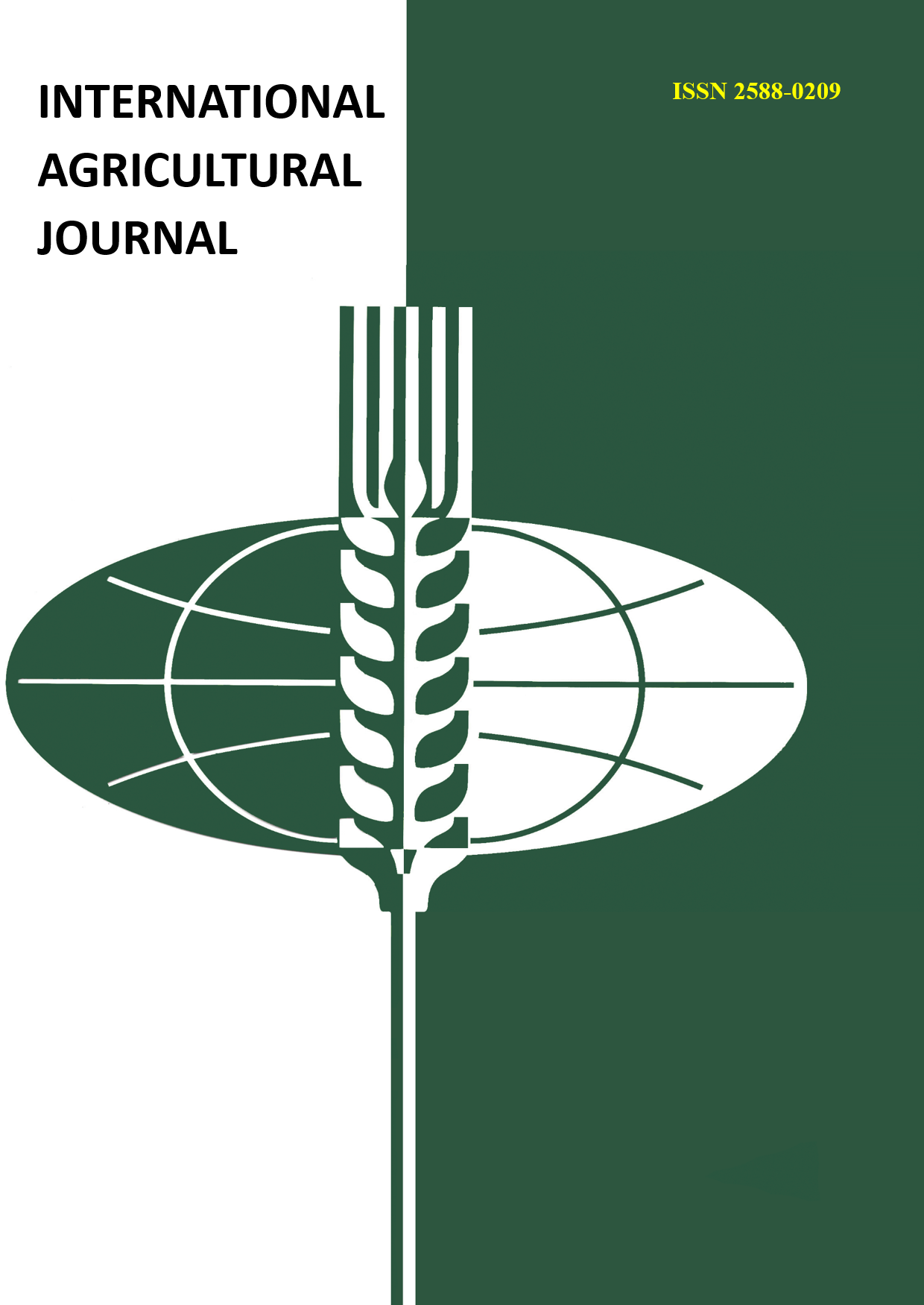Redox characteristics of subsurface systems often underlie models, transport factors and further state of pollutants in rice irrigation systems and are taken into account when developing and implementing new sustainable recovery strategies. In this work, aspects of determining the redox characteristics in soil / groundwater / aquifer systems are studied. Special attention is paid to common groundwater pollutants sensitive to redox potential, such as chromium, arsenic, as well as sensitive to redox elements that affect the behavior of pollutants such as iron (Fe). The work uses observational laboratory, field and model studies to gain insight into how other associated pollutants are mobilized, attenuated and / or affected in underground systems that are sensitive to redox potential. Methods for determining the redox state of contaminated groundwater have been evaluated; deposits; and soil; geochemistry of reactive iron minerals such as iron sulfides and green rust; laboratory and field studies that investigate permeable reactive barrier technology for the treatment of inorganic and organic pollutants in groundwater. The studies carried out study rhizosphere processes on a rather simplified analogue of a more complex and interacting ecosystem of rice fields, containing many other key members that interact with the rhizosphere trinity of plants, soil and bacteria. These observations broaden our understanding of the iron cycle in the rhizosphere and help to individually decipher that the roots of rice plants may be one of these key participants in both the reducing and oxidizing side of the iron cycle carried by the soil.
ris, urozhaynost', okisnoe zhelezo, zakisnoe zhelezo, vlazhnost' pochvy














